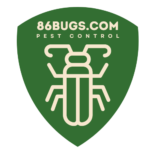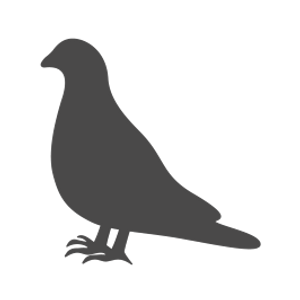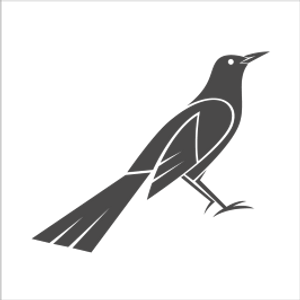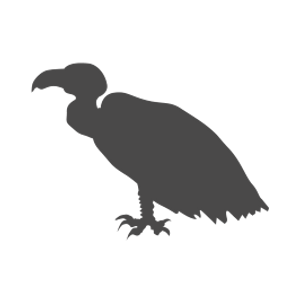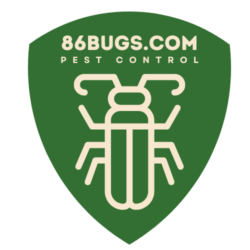Avian Nuisance Mitigation
Woodpecker
Stop woodpeckers from ruining your property with woodpecker control products from 86Bugs. Ideal for commercial and residential woodpecker problems.
Woodpeckers can be a major problem for many property owners. Once they settle on a property or structure, they can damage it severely, leaving large holes that cause further damage by allowing insects and moisture to penetrate the surface. What’s more, the constant drumming by their beaks alerts other woodpeckers to join them, creating a growing and costly problem for property owners.
Information About Woodpeckers
There are about 200 species of woodpeckers and all are protected by both federal and state laws. The largest woodpecker—the ivory-billed woodpecker—measures from 19 to 21 inches in length and weighs from 1 to 1.25 pounds; the smallest is the downy woodpecker, which reaches only 6 or 7 inches in length. Regardless of species, all possess chisel-like beaks that are kept sharp by pecking. Most birds can tap an estimated 8,000-12,000 times per day. Woodpeckers can be found worldwide, and they eat mostly insects along with fruit, acorns and nuts.

Why Woodpecker Control?
Many property owners have come to regard woodpeckers as a costly nuisance. These crafty little birds will drill into wood siding, eaves, window frames and trim boards, turning beautiful surfaces into “Swiss cheese.” Woodpeckers enjoy peppering holes into most woods, but they prefer cedar and redwood siding, as well as rustic-looking and channeled plywood. Pine, fir or cypress boards are also vulnerable. They’ll even peck at metal gutters, downspouts, chimney caps, TV antennas, rooftop plumbing vents, and metal roof valleys to attract mates.
How to Get Rid of Woodpeckers
There are several humane options for deterring woodpeckers from attacking your property. It’s important to be proactive and deter these birds before they arrive.
Here are a few steps you can take to get rid of woodpeckers:
- Block woodpeckers from getting at your siding with Bird Netting, which creates an effective physical barrier that can be installed temporarily.
- Apply a beak guard system to siding and other vulnerable areas. It covers latex-painted surfaces, wood, fiber-cement, stucco, aluminum or vinyl. The compound won't hurt woodpeckers or other birds.
- Utilize effective Woodpecker Repellents such as Avian Block Repellent Pouches to discourage birds with grape aromas.
- Remove dead or dying trees from your property. These make for excellent woodpecker nests and give them a starting point for attacking your house.
- If woodpeckers are attempting to create a nest in your siding, add a woodpecker nesting box to give them an alternative to drilling a hole in your property.
Remove Food Sources
Make sure your property structures are free of insects, such as termites. This reduces the chances woodpeckers will choose your property as a food source. If you suspect insects are buried in your siding, call a pest control professional to assess the infestation and remove the bird’s source of food.
Woodpecker Scare Tactics
Like most birds, woodpeckers are alert to any perceived threats, so scare tactics can be highly effective.
- Get the Woodpecker Deterrent Kit from 86Bugs, which includes a Bird Repellent Balloon, a 50-foot roll of Flash Tape, and the necessary hardware needed to attach these bird deterrents. The Flash Tape Banners crinkle in the breeze and reflect sunlight to scare birds away. Bird Repellent Balloons feature a large intimidating “predator eye” and will bob and weave in the wind to convince woodpeckers that a huge predator is about to attack them.
- Sound deterrents alert woodpeckers of nearby danger by broadcasting predator calls and woodpecker distress calls that make them want to flee the area.
